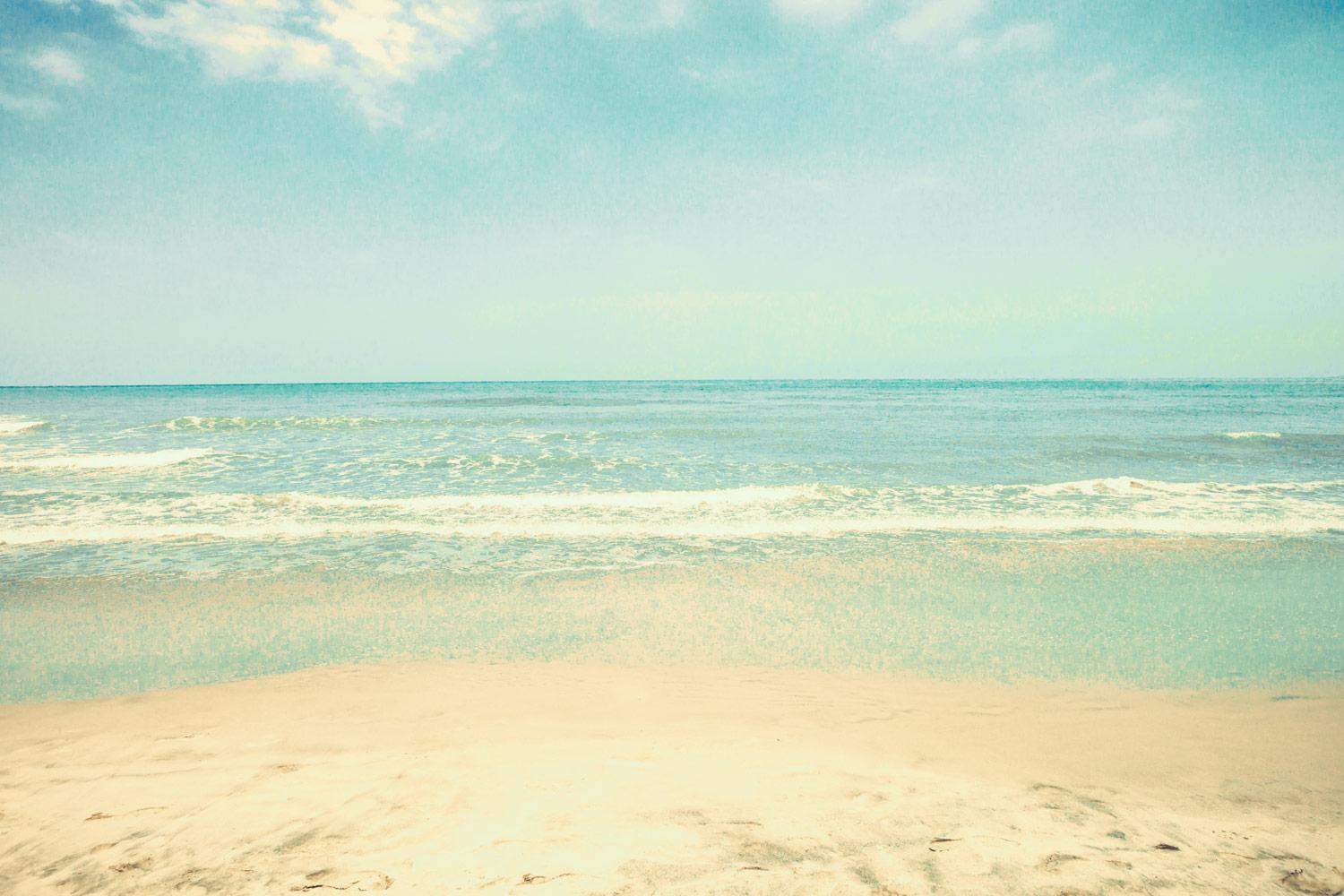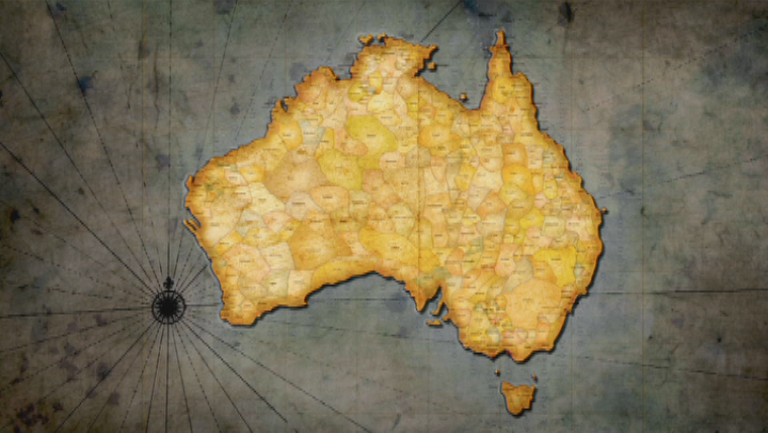
Australia: Story Country
Aboriginal Perspectives
Australia IS a Story Country
Our stories come from all over: from our own indigenous people, from migrants and refugees who have come to live here, from books, movies and orally transmitted stories. Let's encourage our students to immerse themselves in a range of stories, to read them, listen to them, watch them, think about them, and go on to share them with others!
My Story, Your Story, Our Story
Overview
Create a unit that focuses on developing an understanding and appreciation of Australia's history and heritage through story. Students can explore the different ways stories are told (oral, song, through dance, art, poetry and written word).
The BPS library contains many stories that include Aboriginal and Torres Strait Islander legends. (do a quick search in Library on Sentral)
Exploring traditional Australian stories by authors such as Banjo Patterson, Henry Lawson, Dorothea MacKellar, Oodgeroo Noonuccal as well as traditional ballads and paintings help to build a picture of what Australia was like in the past and how that contributes to Australia's identity today.
Primary English Teaching Association Australia
PETAA have some great units of work on many rich texts. They are really worth checking out.
You will need our BPS log on and password - ask Julie ;)
Stories For Simon
Jandamarra
Nanberry
Aboriginal Perspectives
- Aboriginal and Torres Strait Islander culture is the oldest living culture in the world
- Aboriginal and Torres Strait Islander peoples pass on their stories through song, dance, painting and oral story telling,
- Aboriginal and Torres Strait Islander stories enable all Australians to find out about the heritage of their country.
resourses
Videos/Websites - Dreaming Stories
Australian Dreamtime
The Bundjalung Nation Information has interesting information on our own area.
How the Birds Got Their Colours
The Kangaroo and the Porpoise
Dunbi the Owl
Dreamtime Stories - Biladurang the Platypus
Dreamtime Stories - Mirram the Kangaroo and Warreen the Wombat
Dreamtime Stories - Girawu the Goanna
Dreamtime Stories - Tiddalick the Frog
Australian Dreamtime Story - a narrator with minimal animation tells of Waatji Pulyeri (the Blue Wren)
The Dust Echoes website has wonderful animated stories from Central Arnhem Land. (Click Enter Here by the fire to see Flash movies via buttons top next page.)
Some of our BPS Library Resources
Australian Curriculum Cross Curriculum Priorities
The Aboriginal and Torres Strait Islander histories and cultures priority provides the opportunity for all young Australians to gain a deeper understanding and appreciation of Aboriginal and Torres Strait Islander histories and cultures, deep knowledge traditions and holistic world views. This knowledge and understanding will enrich all learners’ ability to participate positively in the ongoing development of Australia through a deepening knowledge and connection with the world’s oldest continuous living cultures.
The Aboriginal and Torres Strait Islander histories and cultures priority has been developed around the three key concepts of Country/Place, Peoples and Cultures. Each concept contains a number of organising ideas that provide a scaffold for developing related knowledge, understanding and skills. These are embedded in each learning area according to the relevance of its content to the organising ideas. An organising idea may draw on content from more than one learning area. Taken as a set, the organising ideas provide a coherent framework for the priority.
The first key concept highlights the special connection to Country/Place by Aboriginal and Torres Strait Islander Peoples and celebrates the unique belief systems that connect people physically and spiritually to Country/Place.
The second key concept examines the diversity of Aboriginal and Torres Strait Islander Peoples’ culture through language, ways of life and experiences as expressed through historical, social and political lenses. It provides opportunities for students to gain a deeper understanding of Aboriginal and Torres Strait Islander Peoples’ ways of being, knowing, thinking and doing.
The third key concept addresses the diversity of Aboriginal and Torres Strait Islander societies. It examines kinship structures and the significant contributions of Aboriginal and Torres Strait Islander people on a local, national and global scale.
In the development of this cross-curriculum priority, ACARA has consulted with Aboriginal and Torres Strait Islander educators, with representatives from the Indigenous Education Consultative Bodies, and with community members through face-to-face meetings and through national forums. ACARA has also involved Aboriginal and Torres Strait Islander teachers with expertise in the learning areas to provide advice about how the priority could be incorporated into that learning area.
























